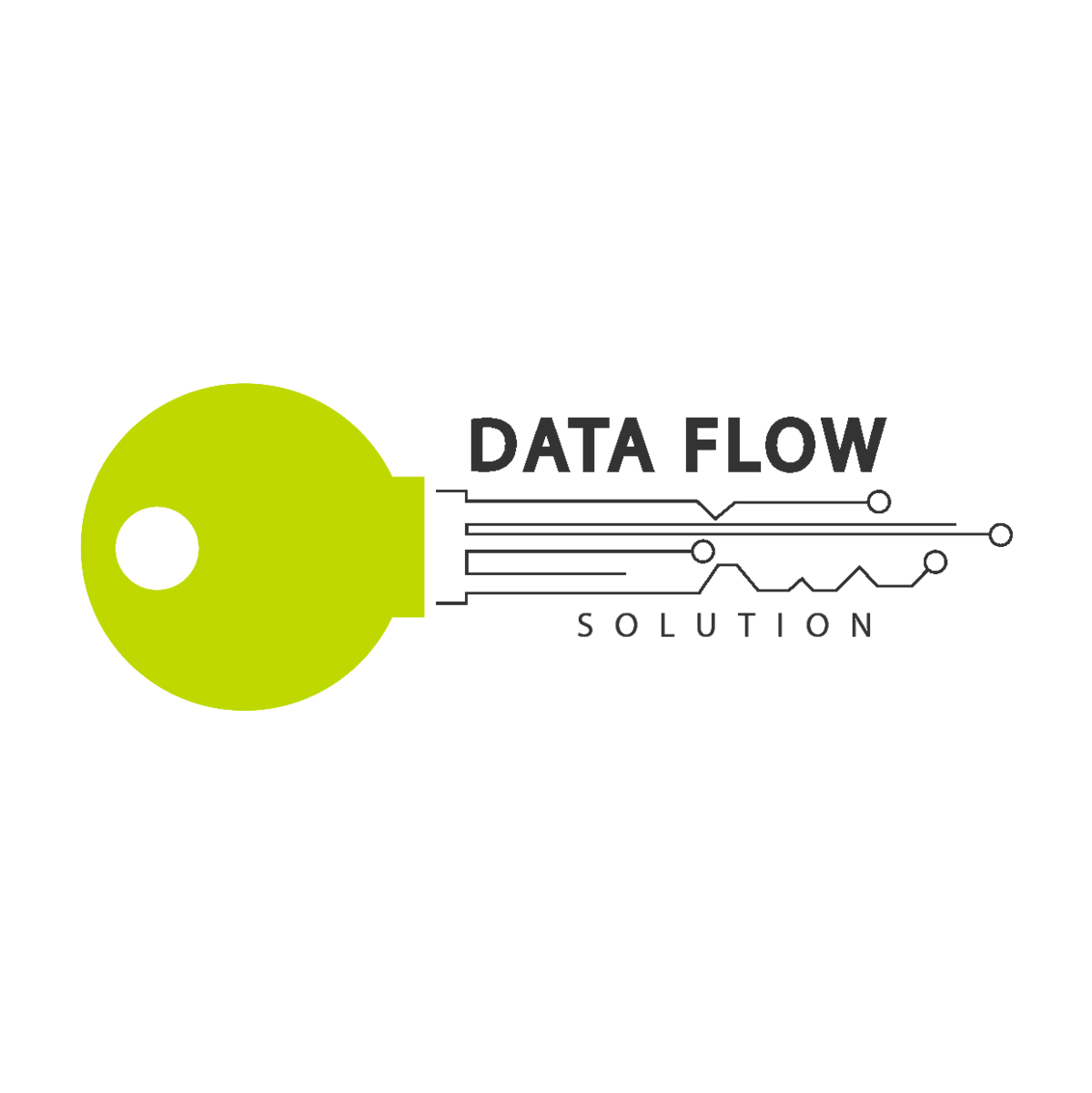Precision Pricing : How AI Modelers Forecast Selling Prices for New Products
Setting the right price for a new product is a delicate balancing act for businesses. Go too high, and you risk deterring potential customers; go too low, and you might leave money on the table.
Enter Artificial Intelligence (AI) modelers, equipped with advanced algorithms for prediction, to revolutionize the way businesses forecast the selling price of new products. In this article, we explore real-world business situations where AI modelers prove invaluable in achieving precision pricing and maximizing profitability.
How AI Modelers Forecast Selling Prices for New Products
Market Dynamics Analysis:
AI modelers are adept at analyzing vast amounts of market data, considering factors such as consumer behavior, competitor pricing, and economic trends. By understanding the dynamic landscape, businesses can predict how the market will respond to a new product, enabling them to set a selling price that aligns with market expectations.
Consumer Demand Prediction:
Anticipating consumer demand is crucial for pricing strategies. AI-driven models analyze historical data, social media trends, and external factors to predict how consumers will respond to a new product. This insight allows businesses to adjust pricing to meet demand, ensuring competitiveness while maximizing revenue.
Optimizing Profit Margins:
AI modelers can forecast the relationship between pricing and profit margins. By considering production costs, market demand, and competitive landscape, businesses can optimize their pricing strategy to achieve a balance between maximizing profit margins and offering a compelling value proposition to customers.
Dynamic Pricing Strategies:
In dynamic markets, prices need to be flexible to adapt to changing conditions. AI modelers enable businesses to implement dynamic pricing strategies by continuously analyzing real-time data. This ensures that pricing remains competitive and responsive to fluctuations in demand, supply, or market trends.
Competitor Price Monitoring:
Understanding how competitors price similar products is essential for setting a competitive selling price. AI modelers can monitor and analyze competitor pricing strategies, providing businesses with valuable insights to position their new product strategically in the market.
Product Lifecycle Pricing:
The lifecycle of a product influences its perceived value in the market. AI modelers can predict how a product’s value will evolve over time, allowing businesses to implement dynamic pricing adjustments throughout its lifecycle. This foresight ensures that the selling price aligns with customer perceptions and market conditions.
Personalized Pricing Models:
AI modelers excel at recognizing patterns in customer behavior. Businesses can leverage this capability to implement personalized pricing models based on individual customer preferences, purchase history, and loyalty. This tailored approach enhances customer satisfaction and loyalty while optimizing overall revenue.
The integration of AI modelers for predicting the selling price of new products marks a significant leap forward in pricing strategies. By leveraging advanced algorithms to analyze market dynamics, consumer behavior, and competitive landscapes, businesses can achieve precision pricing that maximizes profitability and competitiveness.
As industries continue to evolve, the strategic integration of AI-driven prediction models will undoubtedly play a pivotal role in shaping the future of pricing strategies and revenue optimization.


 Copyright © 2017 Dataflow Solution
AI-Powered Automation, Human-Centered Success.
We Make Your Business Flow Effortlessly.
Copyright © 2017 Dataflow Solution
AI-Powered Automation, Human-Centered Success.
We Make Your Business Flow Effortlessly.